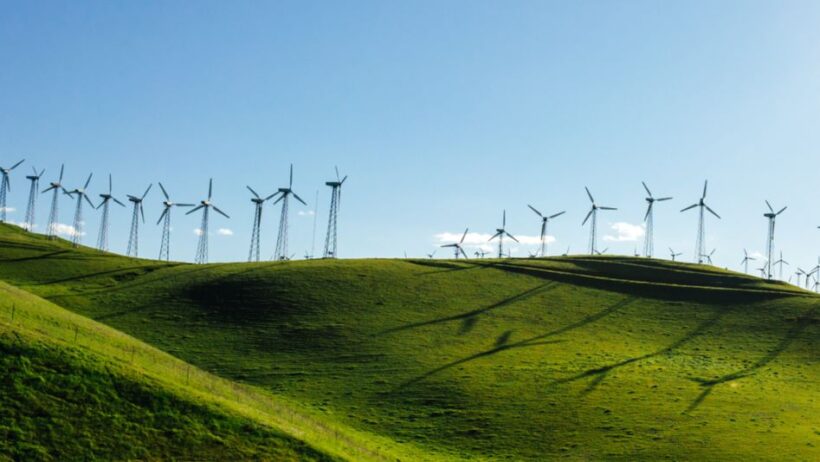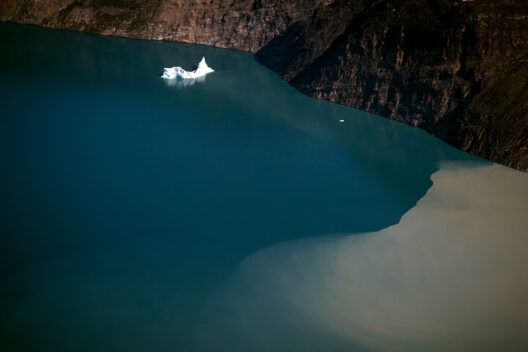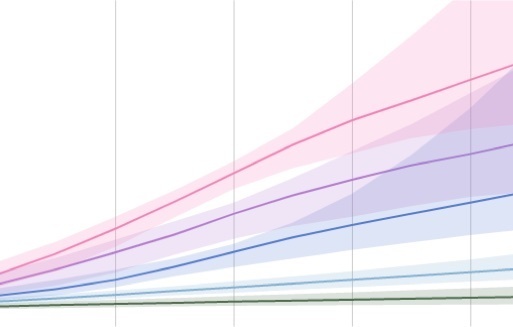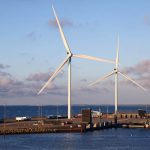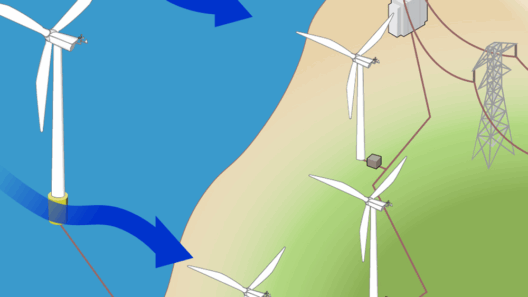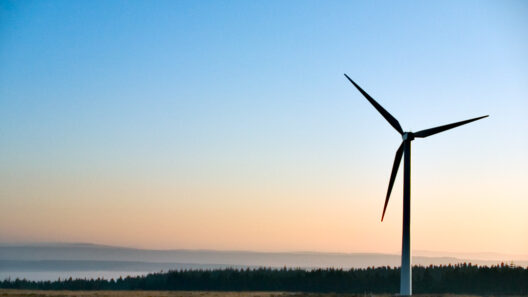The pursuit of renewable energy has become imperative in an age grappling with climate change and dwindling fossil fuel resources. Among the various renewable options, wind energy stands out due to its potential for sustainable power generation. However, not all locations are conducive for harnessing the wind. Identifying optimal sites for wind energy production requires a comprehensive understanding of geographical, meteorological, and infrastructural factors. This article delves into the realms of wind availability, examining the features that make certain locales ideal for wind energy harvesting.
Understanding Wind Patterns: The Fundamentals of Wind Energy
Wind energy is derived from the kinetic energy of moving air. This movement is primarily caused by the uneven heating of the Earth’s surface by the sun, leading to pressure differentials. As air moves from high-pressure areas to low-pressure regions, wind is generated. Wind patterns can be influenced by several factors including topography, temperature variations, and the Earth’s rotation. Recognizing these fundamental mechanisms lays the groundwork for identifying favorable wind energy locations.
The most advantageous regions for harnessing wind energy typically possess consistent, strong winds. These areas exhibit mean wind speeds of at least 6-9 meters per second (m/s) at the turbine hub height, which is often between 80 to 100 meters. Several factors contribute to this phenomenon:
- Geographical Terrain: Flat plains, coastal areas, and mountain passes often experience steadier wind currents due to less obstruction. Mountains can amplify wind speeds as the air is forced upwards, while valleys might channel winds, creating particularly strong gusts.
- Altitude and Elevation: Higher altitudes can provide access to stronger winds. The thinner atmosphere at greater heights allows blades to capture energy more efficiently.
- Local Climatology: Certain climatic conditions, like the monsoon in certain regions or oceanic breezes, can produce strong, sustained winds at specific times of the year.
Identifying Premium Locations for Wind Energy Generation
Regions across the globe have emerged as prime candidates for wind energy development. These locations are generally characterized by their geographical and climatic features conducive to optimal wind harnessing.
Coastal Regions: The Power of Sea Breezes
Coastal areas consistently rank among the highest in wind energy potential due to the natural breezes generated by the temperature differential between the ocean and landmasses. As the sun warms the land more rapidly than the sea, cooler air from the ocean flows inland, creating powerful winds.
Countries that boast extensive coastlines, such as the United States, Denmark, and China, have capitalized on this potential. Offshore wind farms in these regions have gained prominence due to the higher wind speeds and lower turbulence associated with deep waters. The expansion of offshore technology continues to promise increased energy outputs and reduced impacts on land.
Flat Plains: Harnessing the Power of Open Spaces
Regions that feature vast, flat land are exceptionally viable for wind energy. The Great Plains in the United States is one such example, where the expansive terrain facilitates uninterrupted wind flow. States like Texas and Iowa have become leaders in wind power production, leveraging the constant winds characteristic of these areas.
Other countries, such as Argentina and parts of Australia, have similar flat terrains that contribute to their wind energy viability. The absence of mountainous barriers allows wind to travel unimpeded, providing optimal conditions for wind farms.
Mountain Ranges: Channeling Wind Energy
Contrary to the commonly held belief that mountains are barriers to wind, these natural features can actually assist in trapping and amplifying wind currents. Mountain passes and ridges can create high-velocity wind zones known as “wind tunnels,” perfect for capturing kinetic energy. Areas such as the Rocky Mountains in the United States and the Andes in South America have shown promise for wind energy utilization.
However, challenges include the technical difficulties of constructing wind turbines at high elevations and potential environmental impacts. Meticulous planning and advanced technology can mitigate these issues, allowing for successful integration of wind energy projects in mountainous zones.
Global Leadership in Wind Energy: A Look at Top Countries
Certain nations stand at the forefront of wind energy development, utilizing their advantageous geographies effectively. Denmark is often hailed as a pioneer in adopting wind energy, with a significant percentage of its power generated from turbines. China holds the record for the most installed wind capacity globally, harnessing the winds of its vast landscapes.
The United States ranks among the top producers, particularly in states like Texas, where the prevalence of open plains and favorable wind patterns facilitates robust wind energy farming. These leaders exemplify the social, economic, and environmental commitments necessary to transform wind energy potential into actionable power solutions.
Future Considerations: Innovations and Sustainability
Wind energy continues to evolve, showcasing innovations that enhance efficiency and reduce costs. Technological advancements, such as taller turbines and more efficient blades, allow for energy capture in less-than-ideal wind settings, broadening the scope of potential locations for wind farms.
The advent of data analytics and improved meteorological modeling also aids in identifying favorable sites, forecasting energy production, and optimizing operations. Sustainable practices and community engagement remain crucial as wind energy projects expand, ensuring that local impacts are mitigated while maximizing benefits.
In conclusion, identifying the best locations for harnessing wind energy involves a complex interplay of geographical, ecological, and technological factors. From the coastal areas to flat plains and mountainous regions, a diverse array of sites present unique opportunities for wind energy generation. As the urgency for sustainable energy grows, embracing wind power is not only a promising solution but a pivotal step towards a cleaner and more resilient future.



